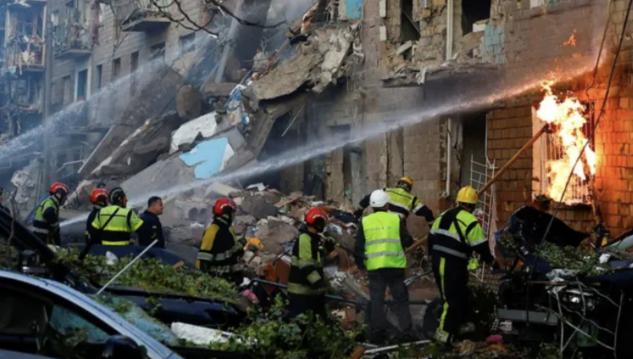The European Commission is advancing a plan to turn around Sh 23.46 trillion of Russia’s frozen assets into a financing package for Ukraine, aiming to provide immediate support for Kyiv while steering clear of direct seizure that could spark legal and diplomatic consequences.
The proposal would use cash balances from Russian sovereign bonds, frozen since the 2022 invasion and now held at Euroclear, to back zero-interest EU bonds or a special-purpose vehicle. The proceeds would then be channelled to Ukraine to cover its pressing financial needs.
“Ukraine will only pay back the loan once Russia pays for the reparations,” European Commission President Ursula von der Leyen told the European Parliament during her State of the Union address, underlining the Commission’s political support for a bolder use of immobilized Russian funds.
EU officials pushing the plan point to a growing funding gap for Ukraine. Donor fatigue, tight national budgets across member states, and a projected shortfall for Kyiv next year have created an urgent need for innovative financing.
Using frozen Russian assets, they argue, offers a politically acceptable way to provide support without increasing borrowing by EU countries.
Commission documents show that much of the Russian Central Bank’s frozen reserves have converted into cash balances after bond maturities, making a bond-back model technically feasible without immediate changes to property-rights laws.
This liquidity is central to the approach, allowing the EU to structure support for Ukraine without outright confiscation.
However, the plan faces hurdles. Legal advisers warn that transferring sovereign assets outside sanctions frameworks could lead to lengthy court battles and set a precedent affecting the EU’s credibility as a safe place for foreign reserves.
Several eurozone institutions and central banks have previously cautioned that confiscation could undermine the international trust in the euro.
Political caution persists in some capitals. Belgium, home to Euroclear, along with Germany and France, have expressed concerns about exposing their financial systems to potential long-term risks or retaliation from Russia.
Western diplomats expect threats from Moscow but view them as predictable, emphasizing careful legal structuring to reduce vulnerabilities.
EU planners say the funds could support both immediate budget needs and long-term reconstruction after the war. The mechanism would ensure Ukraine only repays if Russia’s assets are legally transferred or a reparations judgment is secured.
The Commission is also considering alternative vehicles involving non-EU partners to limit legal exposure. Observers note that the coming weeks could be decisive: if political momentum builds, Brussels may formalize the scheme, which would then likely face immediate legal challenges from Moscow.

